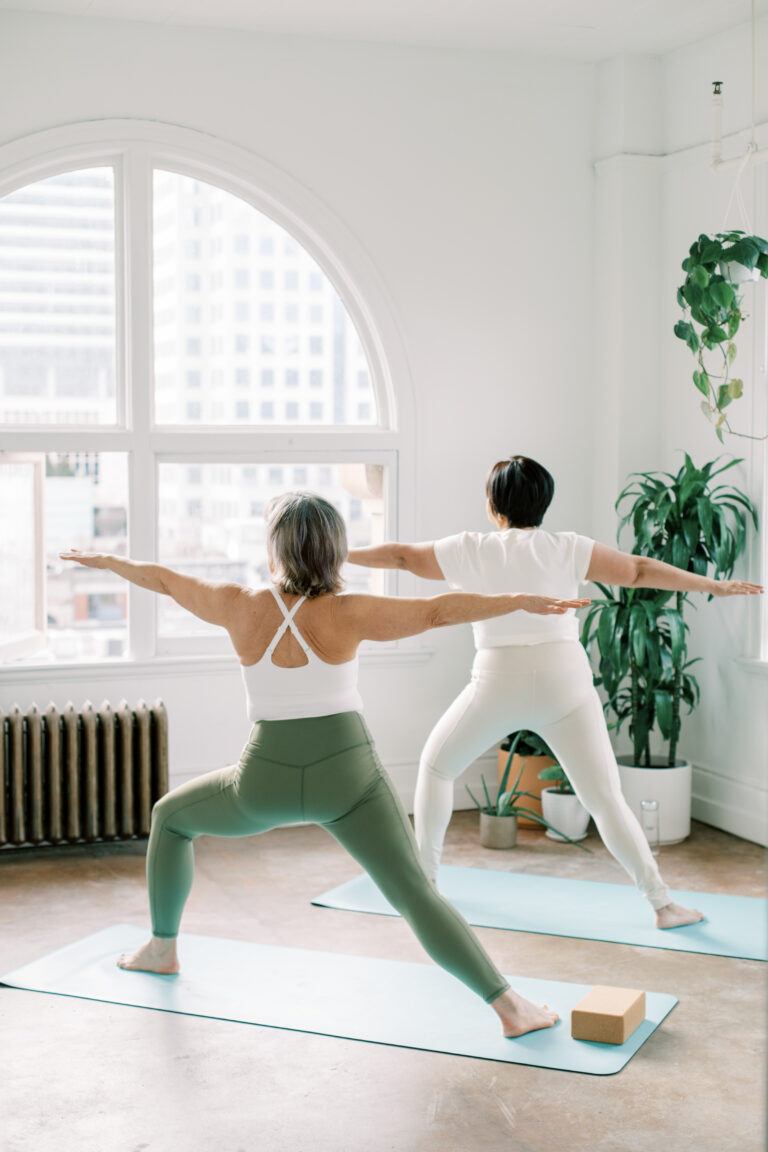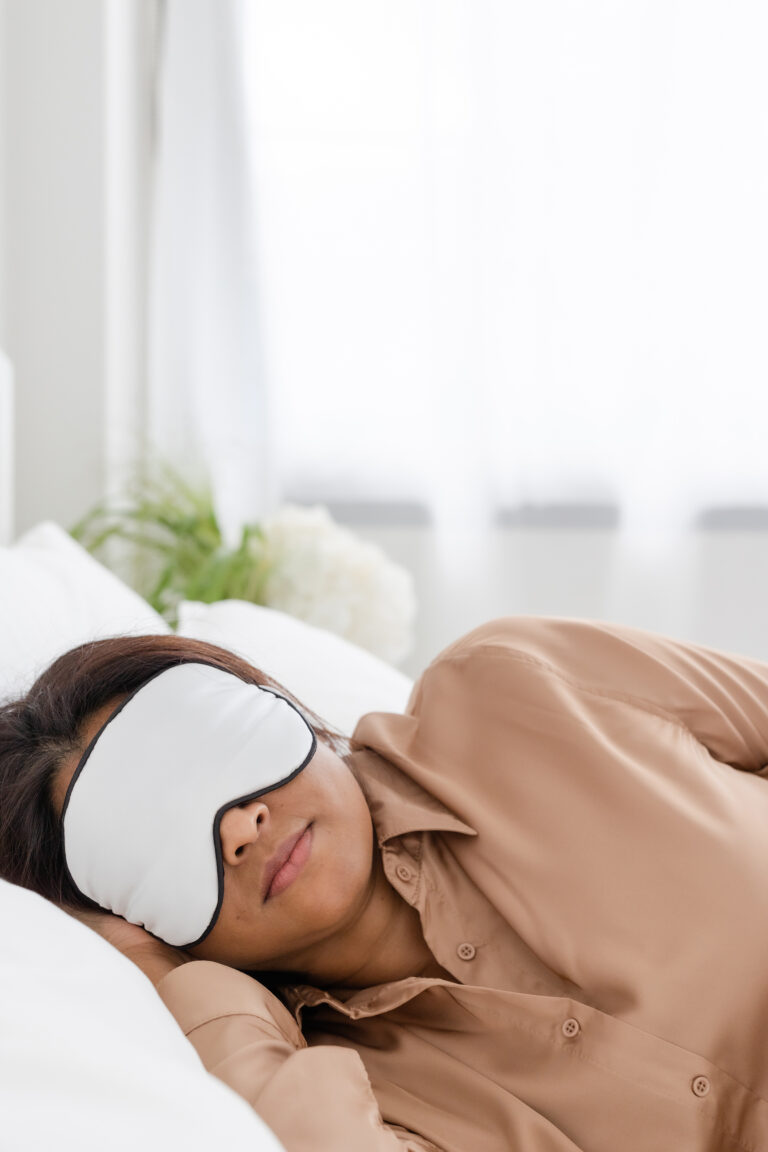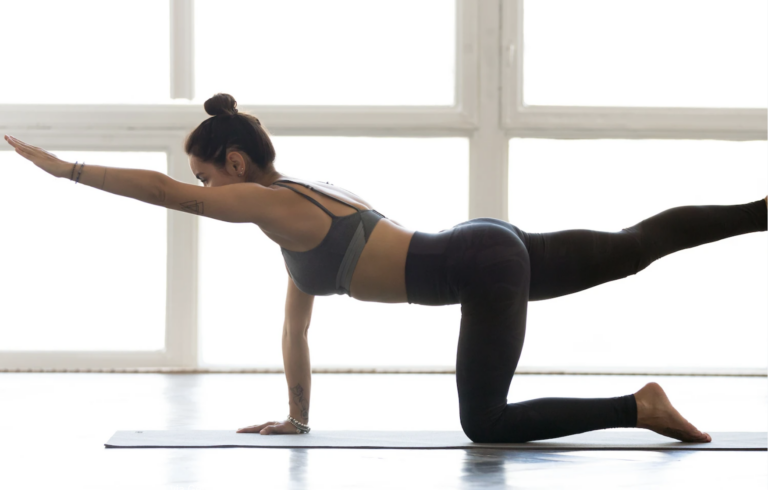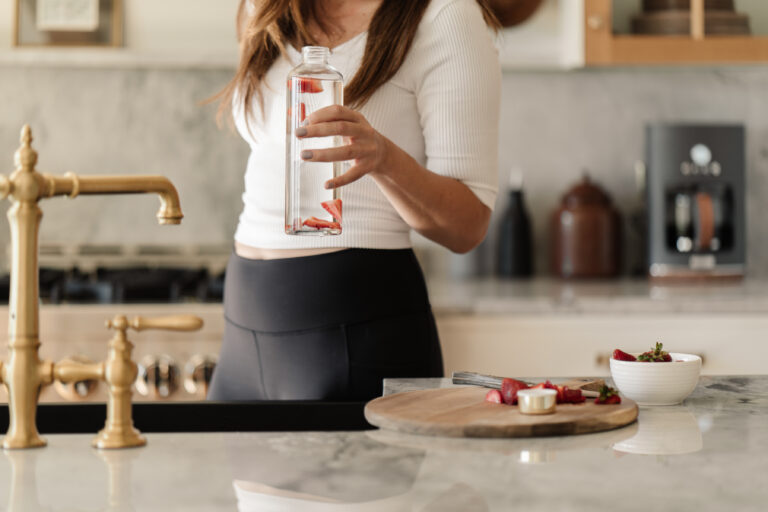You Don’t Need to Lose Your Flexibility as You Age
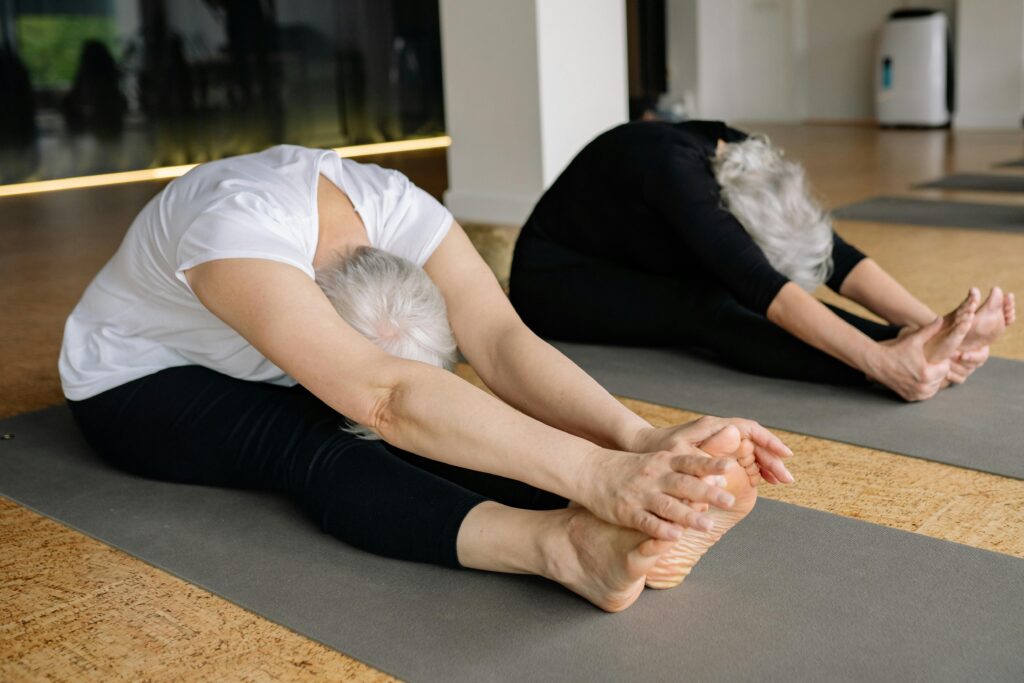
Simple Daily Movements to Keep You Flexible and Strong at Any Age
For the longest time, I believed flexibility just faded away with age — like something we had no control over. I thought the only way to fight it was to spend hours stretching every day. But here’s what I’ve learned: it’s not about age, and it’s not about endless time on the mat. It’s about how we move in our daily lives.
The good news? You don’t need long, complicated routines to stay flexible. You just need smart, simple movements that fit into your everyday life. Let’s take a closer look at what really helps us keep moving comfortably as we age.
Why We Feel Stiffer as We Get Older
As we age, our muscles naturally shrink a bit, joints get a little tighter, and we don’t bounce back from things as quickly. But that doesn’t mean we have to lose mobility.
What really causes a decline in movement is simple: not moving enough.
If we sit too much or stop using our full range of motion, our bodies slowly adjust to that smaller, more limited movement. And before we know it, we’re stiffer, weaker, and more prone to aches.
But here’s the good news — it doesn’t have to be that way.
Keep Moving in Natural Ways
Think about your daily movements — reaching for something on a high shelf, twisting to look behind you, tying your shoes, or stepping over something on the floor. These movements use your whole body in different directions.
To stay mobile, we need to keep practicing those natural movements. That means moving forward and backward, side to side, and rotating. Simple moves like squats, side lunges, and gentle twists are great examples.
You don’t need fancy equipment — just space to move.
Move Often, Not Just During a Workout
We tend to think of exercise as something we do once a day and then forget about. But your body needs movement throughout the day to stay flexible.
If you spend most of the day sitting, your hips, back, and shoulders will tighten up. So get up. Stretch. Walk. Twist. Reach. Even a minute or two helps.
One tip: try “habit stacking.” Pair a movement with something you already do. For example, after brushing your teeth, do a few shoulder rolls. Or every time you get off the couch, add a couple of squats. Over time, those little moments add up.
Just Five Minutes Can Make a Difference
Start your morning with five minutes of movement. That’s all. A few light stretches, a gentle yoga flow, or even sitting on the floor and moving your joints through their range can wake up your body for the day.
And here’s a bonus — those five minutes help you check in with how your body feels. If something feels tight or uncomfortable, you’ll catch it early.
If anything seems off or painful, it’s worth talking to your doctor or a physical therapist.
Follow Along With a Trusted Routine
If you’re not sure where to start, this video is a great option. It’s simple, effective, and designed specifically for aging bodies. By Senior Shape by Lauren, who specializes in senior fitness and is a ACE (American Council on Exercise) certified fitness instructor.
This short routine targets strength, flexibility, and balance — all from the comfort of your home. No equipment needed. Just press play and follow along.
Build Strength to Stay Flexible
Strength training isn’t just for athletes. It’s one of the best ways to stay mobile as you age.
Stronger muscles help support your joints. They also help you recover more easily and stay more active without pain.
You don’t need a gym. Bodyweight moves like push-ups, squats, or step-ups work just fine. Just two short sessions a week can help. Focus on movements that use more than one joint — like lunges, squats, or standing twists — because they mimic real life.
Bonus tip: include movement in all directions to keep your body balanced and flexible.
Breathe Like It Matters — Because It Does
Your breathing pattern affects your posture and how freely you move. Many of us breathe shallowly from our chest, which can make our shoulders and neck feel tense.
Try this simple breathing exercise once a day:
- Sit comfortably with both feet on the floor
- Place your hands on your lower ribs
- Inhale slowly and deeply, feeling your ribs expand outward
- Exhale fully and feel your hands move back in
- Try to make your exhale twice as long as your inhale
Just five breaths can help calm your nervous system and relax tight muscles.
Final Thoughts
The truth is, flexibility isn’t something we have to give up as we get older. It’s something we can protect and even improve with a little daily attention. Small, consistent movements — the kind that work with your life, not against it — really do make a difference.
So don’t worry about being perfect or spending hours a day stretching. Just keep moving, listen to your body, and stay curious about what feels good. Over time, you’ll notice the difference — and your future self will thank you.
If you want a few tools to make movement even easier, here are my favorites… No pressure to buy — just tools I’ve found helpful or that physical therapists often recommend.
- Resistance Bands – Light & portable, great for gentle strength exercises without heavy weights. You can use them seated, standing, or even lying down.
- Supportive Walking Shoes – Good shoes protect your joints, improve posture, and help with balance during everyday movement or light workouts.
- Non-Slip Exercise Mat – A soft, steady surface makes seated stretches, standing balance work, and core exercises safer and more comfortable.
Share what’s helped you stay flexible — your words might encourage someone else to keep moving too. Leave a comment — I’d love to hear!
Subscribe to Age Has No Limits for more tips, laughs, and encouragement on aging boldly and beautifully!

